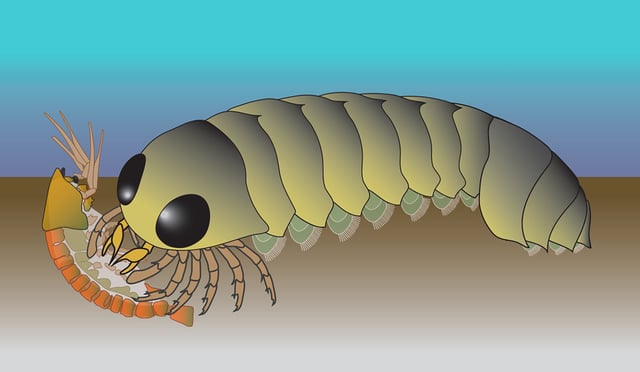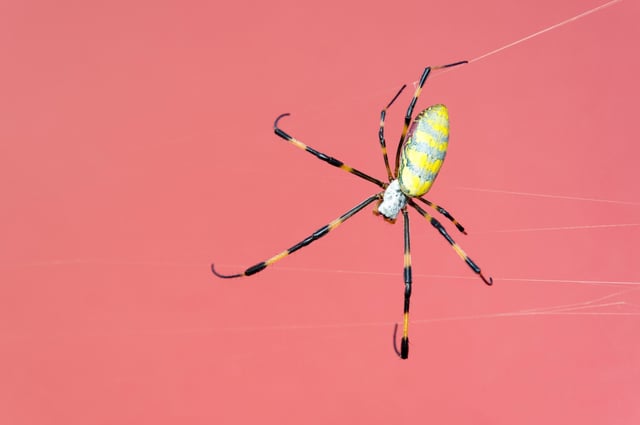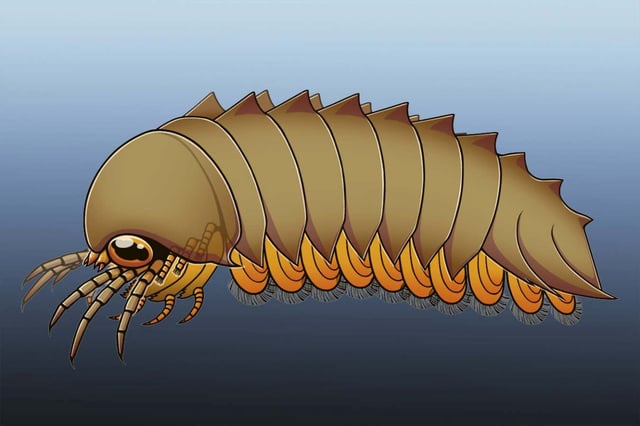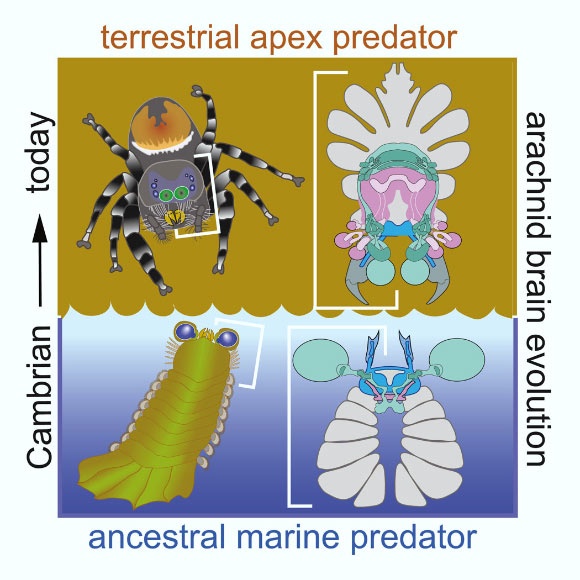Overview
- Researchers used advanced optical microscopy and polarized-light imaging to reconstruct the central nervous system of Mollisonia symmetrica from a mid-Cambrian fossil
- The specimen displays a reversed front-to-back brain architecture matching that of contemporary spiders, overturning expectations based on horseshoe-crab-type ancestors
- Quantitative analysis of 115 neuronal and anatomical traits positions Mollisonia as a sister group to extant arachnids, providing strong support for a marine origin of spiders and their kin
- The unique neural layout likely provided evolutionary shortcuts for stealthy hunting, rapid limb coordination and the dexterity needed for web spinning
- These findings challenge the view that arachnids first diversified on land around 430 million years ago and shift key adaptations back into Cambrian seas



